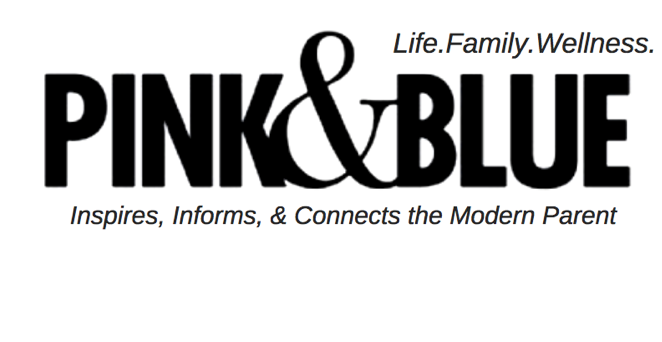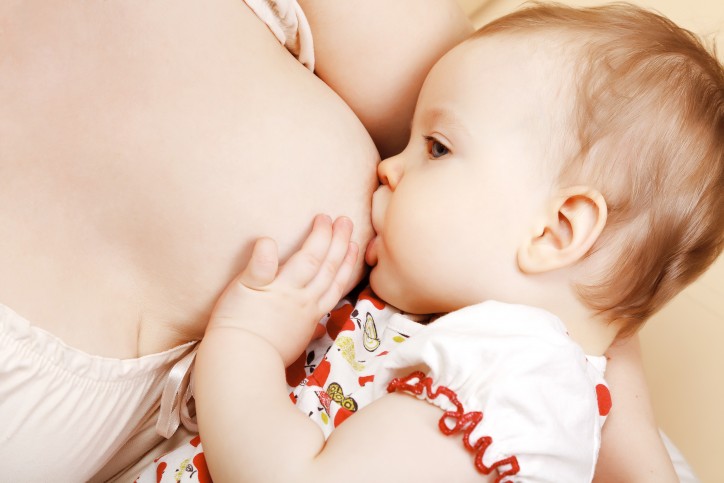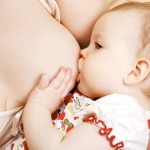Mastitis occurs in approximately 10 percent of U.S. mothers who are breastfeeding, and it can lead to the cessation of breastfeeding.[i] I could end this article right here by saying that frequent transferring of milk with a proper latch is the best ‘cure’ for mastitis. But I won’t. Let me break it down a bit for you. It is my experience that mastitis happens more frequently with women who had interventions in labour and delivery. The reason I feel that is because interventions delay breastfeeding leading often to engorgement, nipple trauma and later to mastisis. That is not based on a statistic, just based on my experience as a lactation professional working with women in 2 different continents. If mastitis is recognized by a professional in its VERY early stages, it can often be remedied by fixing the breastfeeding techniques rather than the need for antibiotics. If you have fever (101°F 38.5° C), red and swollen breasts that are tender, feeling tired and unwell, you may have mastitis. It is important that you seek medical assistance. It is also imperative that you seek professional lactation support, as they will be able to help you assess any issues, and correct your latch and help educate you for your continued breastfeeding success. While you are waiting for your help to arrive, try massaging the sore area while the baby is breastfeeding. The baby has an amazing suck. Between the suck and your pressure, it may release a blockage from your duct and alleviate the problem. Warm compresses can also help to get things moving. Rest, rest and rest. Drink, drink and drink. Water that isJ. Also avoid wearing a tight bra or one with wires. They can put pressure on your breasts and cut off the blood flow.
Mastitis is not a reason to quit breastfeeding. Seek help, get support for your physical pain and emotional stress and take it easy. You are a strong woman and will persevere.
Happy Breastfeeding!
[i] http://www.aafp.org/afp/2008/0915/p727.html




